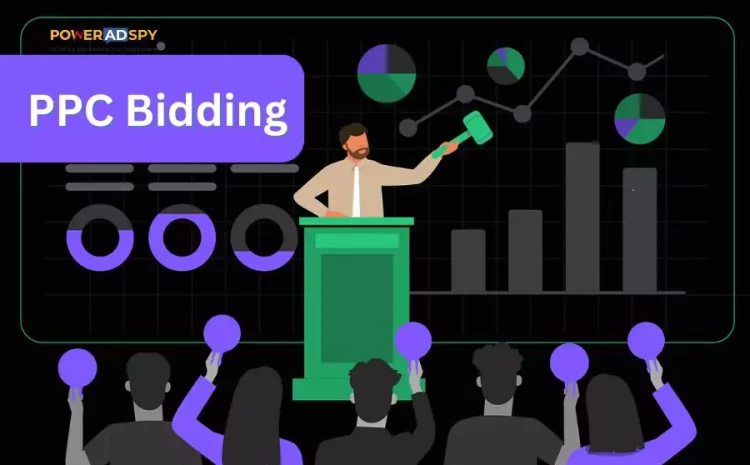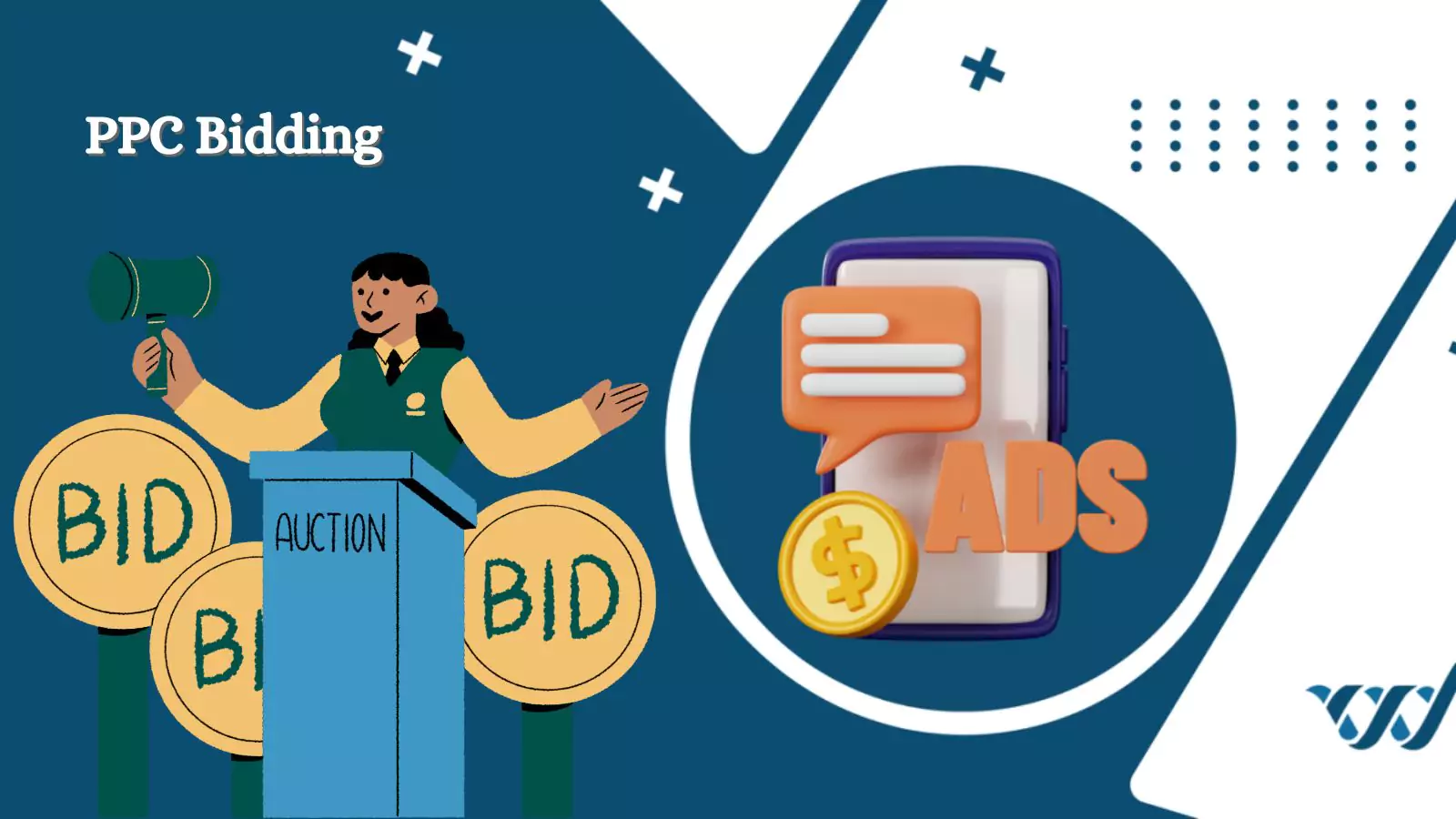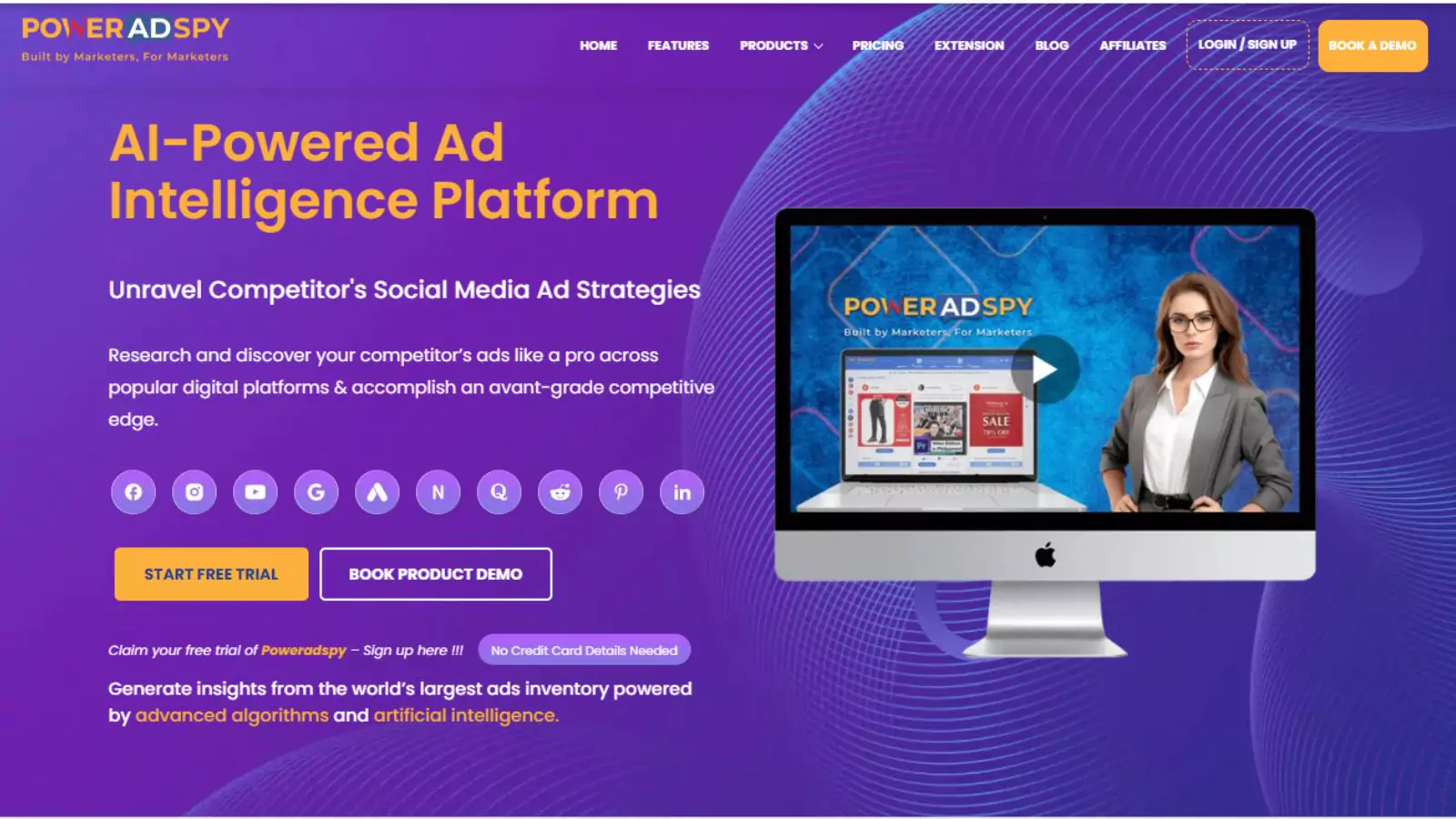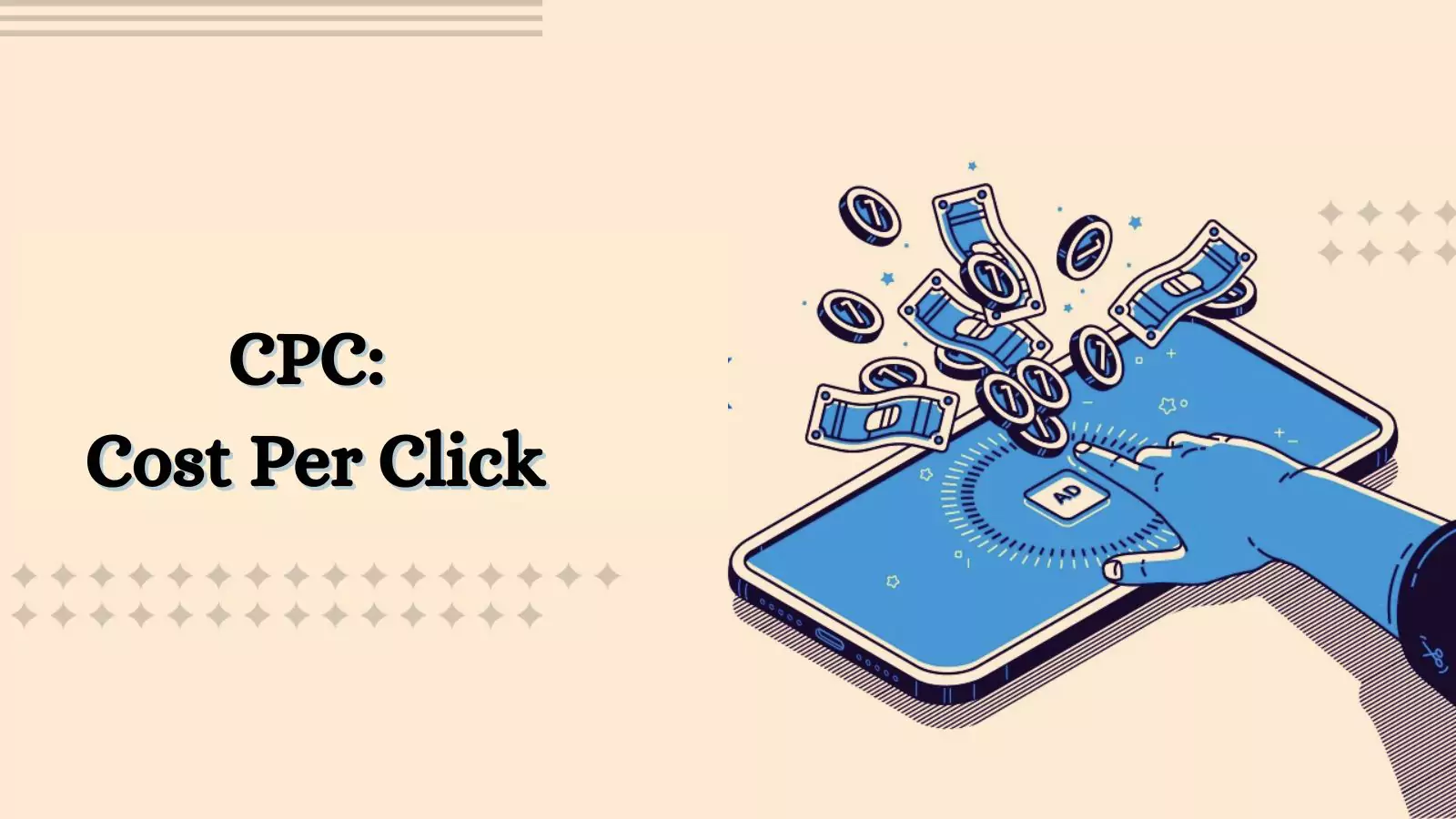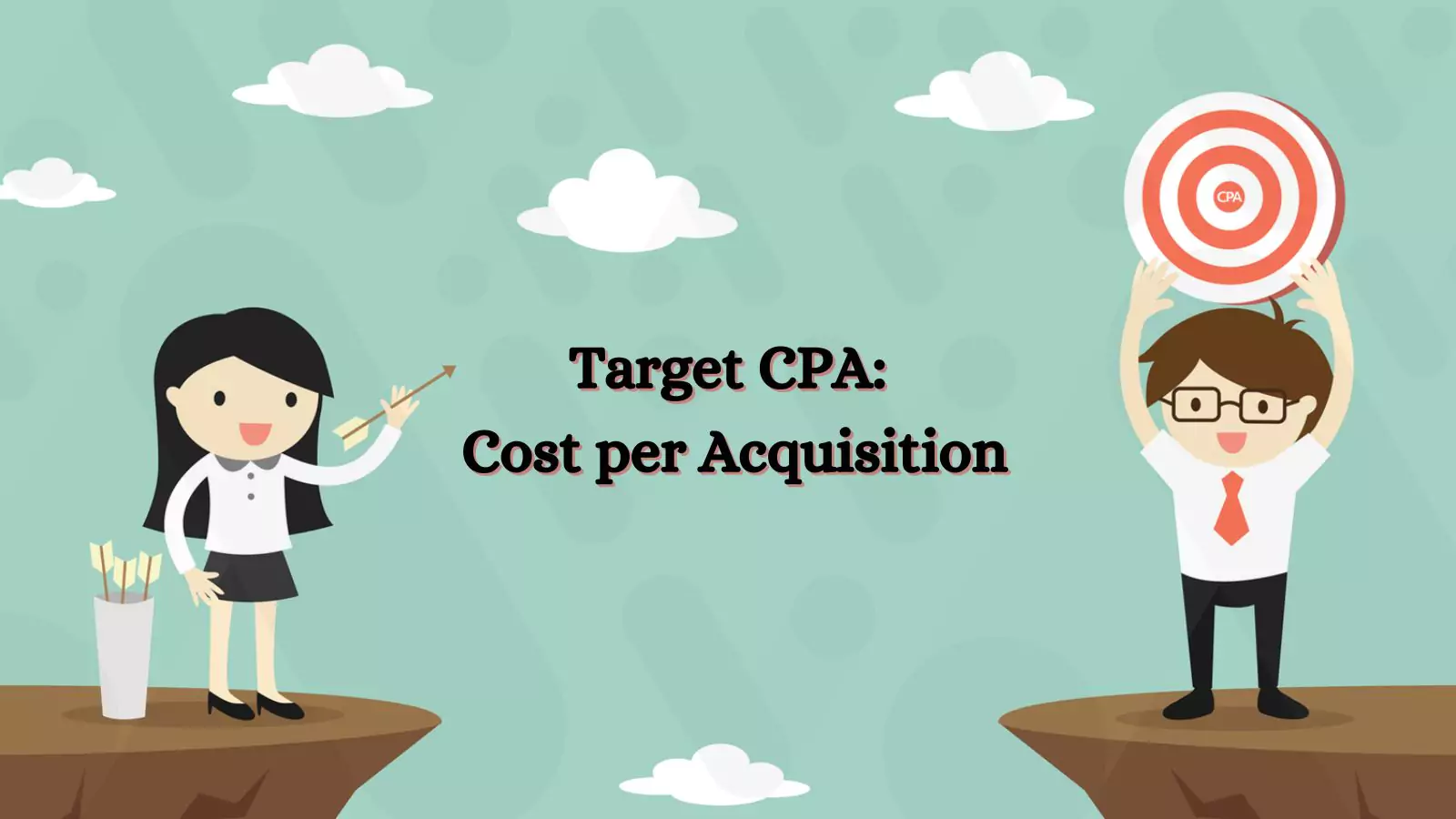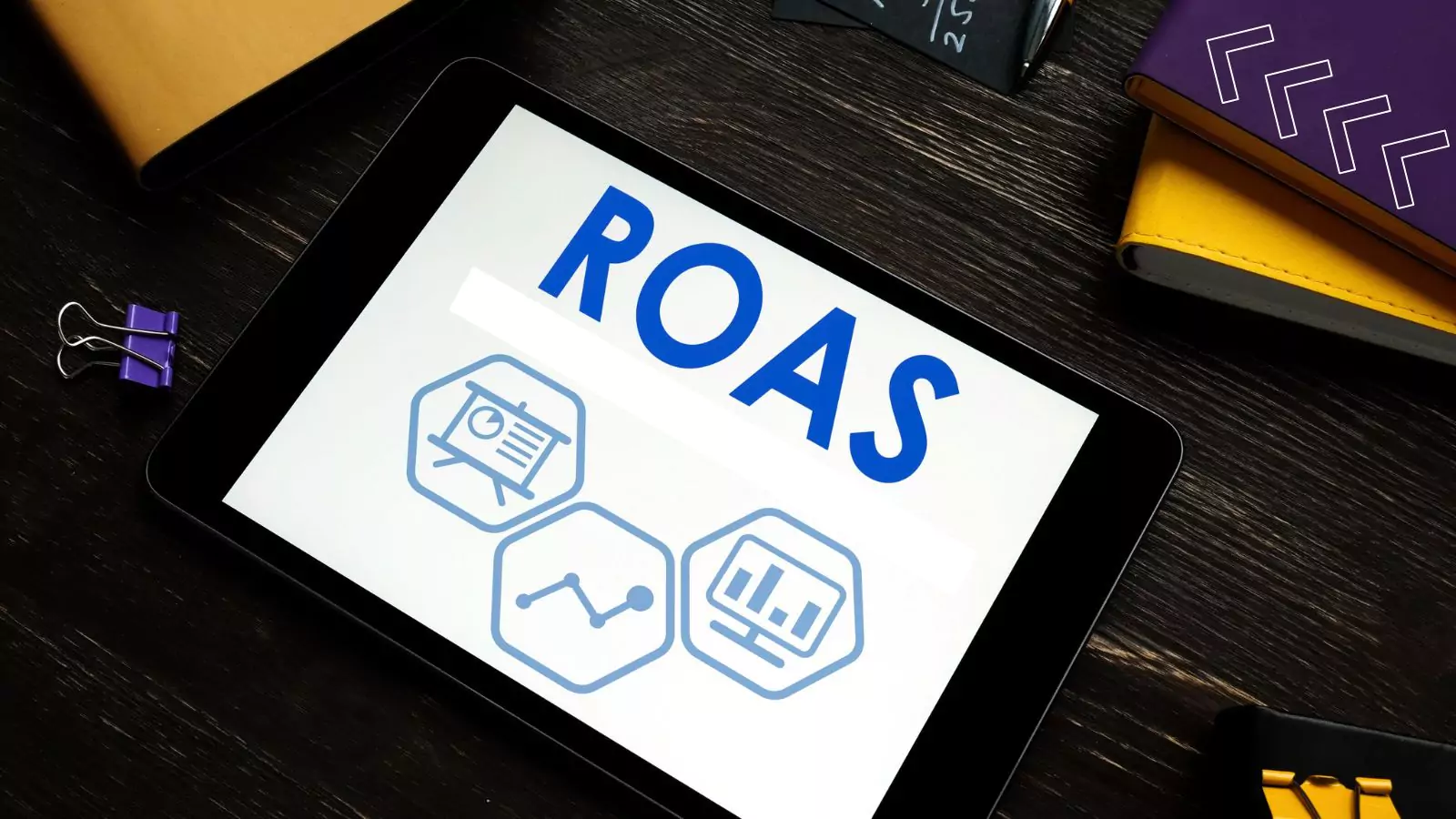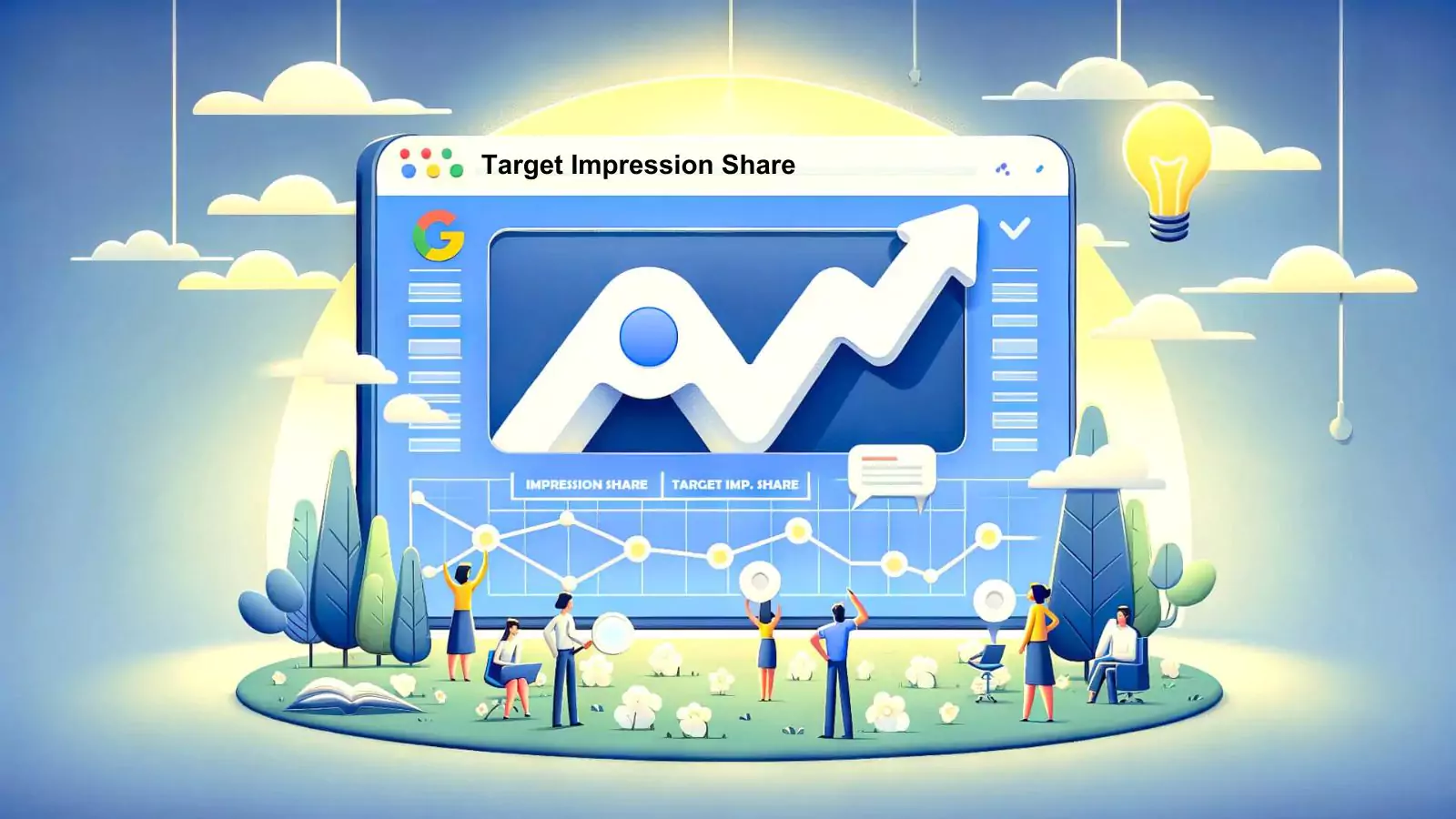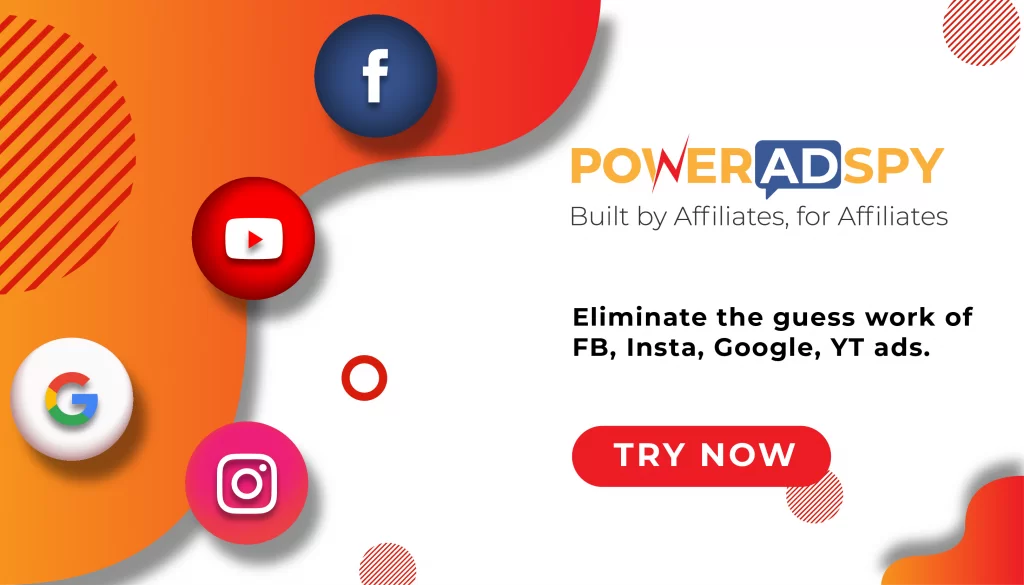The Power Of PPC Bidding: Strategies That Drive Growth
Discovering the magic of PPC bidding can boost your business. It’s all about choosing the right way to bid on ads to get the best results. By doing this smartly, you can make sure your ads pop up where your ideal customers are looking, and that means more clicks and more sales!
The trick is to understand who you’re trying to reach and what they’re searching for. Then, you can adjust your bids to show your ads to the right people at the right time. You can even set things up to bid automatically based on what works best for your goals.
Staying up-to-date with what’s happening in your industry and keeping an eye on what your competitors are doing helps you stay ahead- of the game. Plus, learning from what’s worked in the past helps you- make even better decisions for the future.
So, if you’re ready to take your business to the next level through PPC bidding, you’re in the right place! In this blog, we’ll break down the ins and outs of PPC in a way that’s easy to understand.
Let’s dive in and uncover the power of PPC bidding together!
Listen To The Podcast Now!
What Is PPC?
PPC stands for Pay-Per-Click, is a form of online advertising where advertisers pay a fee each time one of their ads- is clicked. It’s a way of buying visits to your website rather than attempting to earn those visits organically. PPC ads appear on search engines like Google or Bing, as well as on social media platforms and other websites. These ads are typically displayed prominently, often at the top of search engine results pages or within social media feeds, and they can be an effective way for businesses to drive targeted traffic to their websites.
How To Improve Your PPC Bidding Skills?
To enhance your skills in PPC bidding, it’s essential to become attuned to the nuances of bidding over time. Here are some tips:
- Monitor your analytics and generate reports regularly. Initially, review your PPC campaign analytics daily. If you notice a high number of irrelevant clicks, it indicates the need to pause campaigns and investigate further. Often, broad keyword targeting can attract clicks from users uninterested in your products, which isn’t a wise investment in your budget.
- Utilize PPC advertising alongside sales or events. It presents excellent opportunities to quickly reach potential buyers. For instance, if you have a closeout sale coming up, setting up a PPC campaign promptly- can capitalize on the event. Setting a daily budget helps control PPC bidding and ensures budget stability.
- Adjust your bids, particularly when experiencing high conversion rates. If you observe a significant increase in conversions for a specific PPC ad, consider investing more- in that ad. Capitalizing on high conversion rates by using a PPC spy tool to gain insights and increase bids can lead to a favorable return on investment. Stay proactive by promptly adjusting bids, and be prepared to lower them if conversion rates decline.
PPC Bidding: How Does It Work?
Selecting Relevant Keywords:
In PPC advertising, selecting relevant keywords is crucial. Keywords are the terms that trigger your ads to appear when users search for them. Ensuring your ads reach the right audience hinges on choosing keywords related to your business. To enhance your keyword selection process, consider using tools like Poweradspy.
Leveraging the robust capabilities of PowerAdSpy’s search algorithm, you can discover ads associated with popular keywords. This tool allows you to gain valuable insights into trending content and optimize your ad campaigns for maximum impact.
Additionally, you can analyze competitor PPC keywords, gaining a further understanding of market dynamics and refining your strategy. Integrating these insights into your campaigns can significantly enhance their effectiveness and competitiveness.
Creating Ads and Submission:
Once you’ve selected your keywords, you create ads that incorporate these keywords into their copy. These ads are then submitted to search engines like Google or Bing for approval to ensure they meet the platform’s guidelines and policies.
Displaying Ads:
Approved ads are displayed alongside organic search results when users search for related terms. These ads often appear at the top of the search results page or in other prominent positions, depending on factors- like bid amount and ad relevance.
Cost-Per-Click (CPC):
In PPC advertising, you’re charged- a fee each time a user clicks on your ad. This fee is known as the cost-per-click (CPC). It’s essential to manage your CPC bids effectively to ensure you’re getting a good return on investment (ROI) for your advertising spend.
Prioritizing Queries with Commercial Intent:
Search engines prioritize displaying ads for queries that indicate commercial intent, meaning the user is likely interested in purchasing a product or service. It ensures that your ads are shown- to users who are more likely to convert into customers.
Eligibility for Bidding:
Your eligibility to bid for ad placement is based- on how much you’re willing to pay for a click (bid amount). Marketers set their maximum bid for individual- keywords or groups of related keywords, determining their competitiveness in ad auctions.
User Experience and Revenue Maximization:
Search engines aim to provide users with relevant and valuable ads to enhance their search experience. By displaying ads that are closely related to users’ search queries and interests, search engines can maximize revenue from ad clicks while maintaining a positive user experience.
Ad Relevance:
Ad relevance refers to how closely your ads match users’ search queries and intent. Advertisers should strive to create ads- that are highly relevant to their target audience to improve ad performance and user engagement.
Ad Rank Formula:
Ad rank determines the position of your ad on the search results page. It’s calculated- by multiplying your maximum CPC bid by your ad’s quality score. A higher ad rank increases the likelihood of your ad appearing in a prominent position.
Placement and Performance:
Higher bids and better quality scores lead to higher ad ranks and better placement on the search results page. Monitoring ad placement and performance allows advertisers to optimize their PPC campaigns for maximum effectiveness and ROI.
Understanding the intricacies of PPC advertising is crucial. With tools like PowerAdSpy, advertisers can strategically optimize their campaigns to reach the right audience, maximize ad visibility, and achieve their business objectives effectively.
PowerAdSpy: Ad Intelligence Tool
PowerAdSpy revolutionizes digital marketing with unparalleled insights into competitors’ ad strategies across major social platforms. It offers comprehensive data and analytics, empowering marketers to make informed decisions and drive strategic changes, enhancing their advertising effectiveness and staying competitive in the digital landscape.
Here are the key features of PowerAdSpy:-
- Ad Position Filtering: Easily sort ads by their placement, such as News Feed or Side Location, to understand which positions drive better conversions in your niche.
- Global Ad Data: Tap into millions of ads from over 100 countries, updated daily, to uncover the latest successful campaigns with just a few clicks.
- Customized Searches: Narrow down your searches by keywords, advertisers, or competitor domains, and explore top-performing ads effortlessly.
- Bookmarking Feature: Save ad concepts for future reference with a single click, creating a personalized inventory for easy access.
- Advanced Search: Utilize a powerful search algorithm to find ads based on popular keywords and sort them by date, shares, likes, or comments.
- Engagement Insights: Gain valuable insights into social interactions to identify winning ads in your niche.
Incorporating PowerAdSpy’s comprehensive insights into your PPC bidding strategy ensures you’re not just competing but excelling in the digital advertising arena. Harness the power of ad intelligence to optimize your bids and maximize your ROI.
The Cost Of Pay-Per-Click
Determining the cost of pay-per-click (PPC) advertising involves a bidding system where advertisers vie for keywords, with the highest bidder securing the ad placement. The average PPC cost ranges from $1 to $7, but this can vary significantly. Industries with higher average order values often see higher PPC bidding competition as marketers anticipate substantial returns.
Understanding Bid Strategy Options
Ads bidding strategy determines how your PPC ad budget is utilized- across platforms based on factors like the platform itself, the specific ad, your marketing objectives, and your financial constraints.
Most ad platforms offer a variety of standard manual and automated bidding options, including:
- CPC (Cost Per Click, also known as eCPC)
- CPM (Cost Per Mille, or cost per thousand impressions)
- Target CPA (Cost Per Acquisition)
- Target ROAS (Return On Ad Spend)
- Maximize Conversions
- Target Impression Share
While Google Ads provides the full spectrum of bid strategies, other platforms like Instagram or LinkedIn may offer simpler options, typically focusing on CPC or CPM.
Understanding these bidding strategy terms can help demystify the jargon and acronyms associated with PPC advertising.
1. CPC: Cost Per Click
Cost Per Click (CPC) is a widely used bidding strategy where you pay for each click on your ads. This strategy offers various options to suit your needs:
- Manual CPC: Provides control over your ad bids, allowing you to bid high on specific keywords based on your research.
- Automated CPC: Utilizes bidding algorithms to manage your bids automatically, requiring you to set a daily budget while the system adjusts bids accordingly.
- Enhanced CPC (eCPC): Incorporates smart bidding algorithms that adjust bids dynamically, potentially exceeding your maximum CPC to improve your ad’s ranking.
While manual CPC is the traditional PPC bidding method, there’s debate about its relevance with options like eCPC available. While eCPC may boost your ad’s visibility in search engine results pages (SERPs), it doesn’t guarantee increased conversions, potentially leading to higher costs per click without the desired return on ad spend (ROAS).
Automated CPC simplifies bidding by allowing algorithms to manage bids based on your daily budget, potentially resulting in higher bids to improve ad performance.
Fully manual CPC may not always be necessary, especially if you’re open to automated bidding strategies. However, it offers control over individual click prices, immediate traffic, and flexibility for various campaign types.
Pros:
- Control over maximum click price
- Ease of understanding, modification, and management
- Instant traffic generation
- Flexible application for diverse campaigns
Cons:
- Difficulty in finding the optimal bid
- Clicks don’t always translate into conversions
- Bid pricing in PPC advertising can be high, especially without adequate conversion rates
2. CPM: Cost per Mille
Cost Per Mille (CPM), also known as cost per thousand impressions, is a PPC bidding strategy commonly used in visual display ad campaigns like banners, videos, or promoted content.
If your marketing objective prioritizes brand awareness or similar goals over clicks and sales, CPM often- proves to be the most suitable bidding strategy.
Social media platforms such as Facebook and Instagram frequently utilize CPM for ad placements as well as native advertising strategies aiming for broader exposure.
However, there’s no guarantee of- clicks or conversions, potentially leading to high impression counts with minimal engagement. Nonetheless, as a cost-effective method for increasing ad visibility, CPM remains a favorable choice.
Pros:
- Fixed cost for one thousand impressions, offering good value
- Ideal for awareness-focused campaigns
- No payment- is required for clicks
- Potential for cost savings if aiming for clicks
Cons:
- Possible minimal or zero engagement if aiming for clicks
- Limited usefulness for engagement data analysis
- High potential for fraud in CPM campaigns, particularly in video ads
3. Target CPA: Cost per Acquisition
Target CPA is an automated bidding option offered by Google, Facebook, and Microsoft Ads, where the ad platform strives to acquire new leads or customers at a specified target cost.
While it may seem like an ideal strategy for guaranteed conversions, it operates differently- in practice. Platforms like Google and Microsoft define an acquisition as a successful engagement, such as downloading an ebook or completing a form. Consequently, if a user clicks your ad but doesn’t perform a conversion action- you won’t incur charges. However, optimizing ads for conversions requires a distinct approach from those focused on clicks or impressions, particularly for bottom-of-the-funnel (BOFU) positioning.
Implementing CPA bidding demands a thorough understanding of your market and the factors driving conversions. While it ensures payment only upon action completion, it typically incurs higher costs compared to other PPC bidding options.
Pros:
- Payment occurs only upon completion of an action, such as a download or sales inquiry
- Tailored for bottom-of-the-funnel (BOFU) marketing, driving engagement
- Requires in-depth knowledge of target customers, ideal for specific PPC ad campaigns
Cons:
- Doesn’t guarantee a sale despite successful engagement
- Involves higher costs compared to CPC bidding
4. Target ROAS: Return on Ad Spend
Target ROAS (Return on Ad Spend) is a PPC bidding strategy suitable for advertisers with established online ad campaigns. Available on platforms like Google Ads and Microsoft, this strategy utilizes historical campaign data to forecast your return on investment.
By leveraging insights from past campaigns, particularly those with Conversion Tracking enabled, you can identify your most successful keywords and transition to ROAS bidding effectively. This strategy is particularly beneficial for conversion-focused campaigns, as opposed- to CPM-based approaches.
Google’s Target ROAS bidding offers flexibility, allowing you to target individual or multiple campaigns. It empowers Google to optimize your bidding by adjusting maximum CPC, identifying optimal bid times, and striving for specified conversion rates.
Pros:
- Fully automated bid strategy tailored to achieve your target ROAS
- Can yield significant cost-effectiveness
- Ideal for campaigns with Conversion Tracking enabled
Cons:
- Limited to campaigns with historical data for effective implementation
5. Maximize Clicks/Conversions
The Maximize Clicks/Conversions automated bid strategy aims to optimize your budget by generating the highest possible- number of clicks or conversions. Platforms like Google Ads and Microsoft utilize historical campaign data to determine the best allocation of your budget.
With this strategy, your budget is set, and the platform endeavors to maximize clicks or conversions within that limit. It’s essential to have a running PPC campaign with several weeks’ worth of data for effective implementation.
Difference Between Target ROAS And Maximize Clicks:
While Target ROAS focuses on achieving a specific return on ad spend, Maximize Clicks aims solely- to maximize the number of clicks or conversions within your budget. Maximize Clicks is ideal for driving site traffic without necessarily targeting conversions or sales. You can specify your maximum cost per click and daily budget, allowing the platform to handle the bidding process.
Pros:
- Effective bid strategy for increasing site visitors within your budget constraints.
- Simplified budget management, allowing the platform to handle bidding decisions.
Cons:
- Requires historical data for optimal performance
6. Target Impression Share
Target Impression Share is a relatively recent automated bidding strategy introduced by Google Ads, designed to enhance the visibility of your ad. Advertisers can specify their desired impression share percentage and budget while selecting their preferred ad positioning options:
- Top of page
- Absolute top of page
- Anywhere on the page
Google then adjusts bids to ensure your ad achieves the chosen position as frequently as possible within your budget.
Pros:
- Effective for maximizing impressions on Google search results pages
- Potential for cost-effective click-through rates
Cons:
- Cost per click can escalate, necessitating careful management of maximum CPC limits
Read More
How To Use PPC Spy Tools To Enhance Your Business
Ultimate Reasons Why You Need To Analyze Competitor PPC Keywords
How to Dominate Search Results with Pay Per Click Advertising?
Wrapping Up
PPC bidding can turbocharge your online presence if you play your cards right. By understanding your goals, monitoring trends, and strategically adjusting your bids, you can not only increase visibility but also maximize your ROI. Remember, it’s not just about bidding high; it’s about bidding smart. Utilizing ad spy tools– like PowerAdSpy can further enhance your strategy by providing insights into competitors’ ads and tactics.
So, whether you’re aiming for clicks, conversions, or brand awareness, leverage these PPC bidding strategies and tools like PowerAdSpy to propel your business forward in the competitive online landscape.

